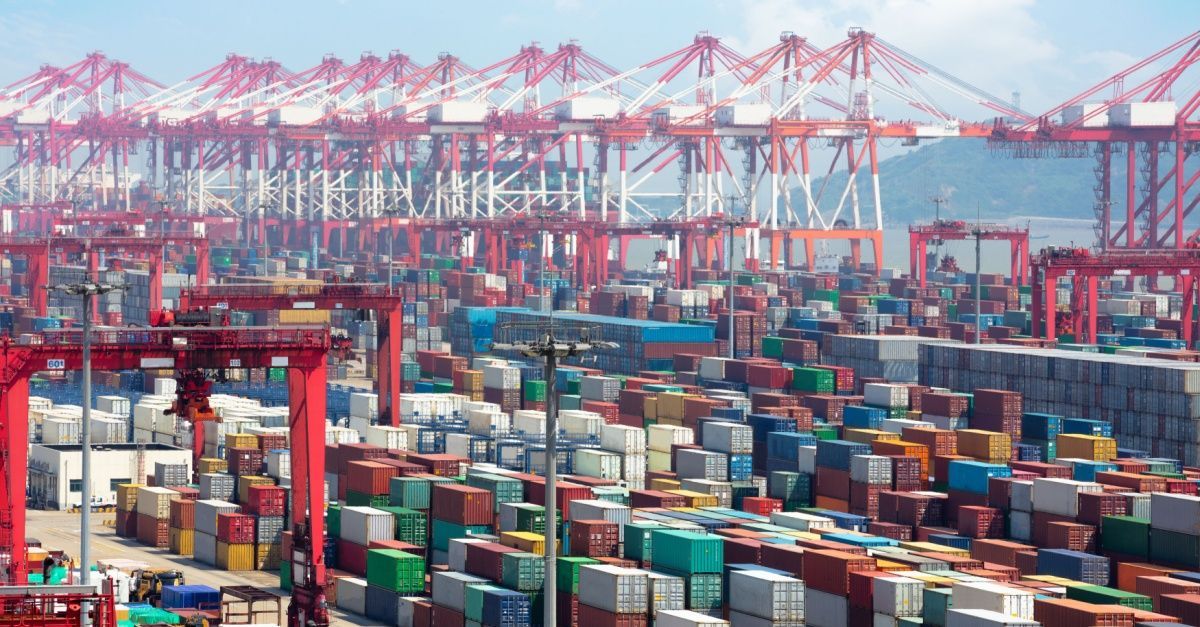Carriers Are Bracing for Difficult Winter
Blog Post CTA
Truck makers have stalled on new year pricing as carriers wait to see how the incoming 25% tariff on heavy-duty and medium-duty trucks will be applied. The delay has slowed new equipment orders and prompted fleets to extend the life of the trucks they already own. At the same time, the largest truckload carriers are trimming tractor counts as they face weak freight and shrinking margins, with tighter driver enforcement adding fresh pressure.
Fuel costs are also rising, as diesel is experiencing a three-week consecutive price increase. Declining distillate stocks drive the price surge at a time when they would typically be rising.
Manufacturers are signaling more trouble ahead as the latest ISM report shows customers canceling orders and pushing freight demand even lower. Meanwhile, shoppers are preparing for a record holiday season even as stores hire fewer workers and face rising layoffs.
Continue reading to find out the latest updates across the freight world.
Tariff Uncertainty Freezes Class 8 Orders
Covenant Logistics says truck makers still haven’t released firm pricing for new equipment, leaving carriers unable to place orders. CFO James “Tripp” Grant noted that large fleets typically have pricing in place long before this point, but the pending 25% duty on imported heavy-duty and medium-duty trucks has stalled everything.
Carriers are not yet aware whether the charge applies to full trucks, specific components, or certain vendors. And that gap has left new and used equipment parked while stakeholders wait for updates. Covenant Logistics front-loaded purchases earlier in the year to soften the impact, but is now holding off further moves. Wells Fargo Equipment Finance reports that more fleets are adopting the same approach, extending equipment cycles and deferring 2026 commitments.
Large Carriers Cut Tractor Counts
The Journal of Commerce Truckload Capacity Index fell to 72.4% in Q3, the weakest reading since the 2008-09 recession. Large U.S. truckload carriers have been reducing their tractor fleets to match shrinking demand and protect their margins. Covenant Logistics’ finance chief expects the rest of the year to remain challenging, citing soft freight, government shutdown-related issues, and customer bankruptcies.
Some leaders foresee a longer wave of pressure arising from the tighter enforcement of English-language requirements and restrictions on non-domiciled CDLs. National spot prices show little immediate movement, leaving tractor reductions as one of the few tools carriers can use to steady their footing.
Diesel Climbs on Falling Stocks and Tight Supply
U.S. diesel has risen for three straight weeks, reaching $3.837 per gallon, the highest level since mid-2024. The surge follows a sharp drawdown in distillate inventories, which dropped from 123.6 million barrels in late September to 111.5 million barrels by the end of October. This period typically sees a seasonal build in winter heating demand, but stocks are falling instead, pushing diesel prices higher at a faster pace than crude.
Ultra-low sulfur diesel on CME jumped 17 cents per gallon in six trading days, while Brent crude barely moved. The deeper backward move in diesel futures highlights the increasingly tight near-term supply situation. A brief sell-off came after OPEC shifted its outlook toward a more balanced supply-demand picture, but diesel remains costly and volatile heading into winter.
Manufacturing Slump Deepens Freight Recession
The latest ISM Manufacturing PMI shows widespread weakness. Customers are canceling or reducing orders across most sectors, which has left truckload carriers with thinner freight volumes and weaker spot rates. Manufacturers cite tariff turmoil as their biggest problem, especially in the Machinery and Transportation Equipment sector, where the commercial vehicle sector is already depressed.
The national dry van load-to-truck ratio dropped to 5.83 in early November as equipment posts
climbed 6% and loads fell 4%. DAT’s largest markets saw notable drops, with Atlanta down 19%, Houston down 14%, Chicago down 11%, and Dallas down 30%. National dry van spot rates slipped to $1.69 per mile, though Midwest rates held higher at $1.94 per mile. The data points to a slow winter peak and a cautious first half of 2026.
Holiday Sales Forecast to Hit $1 Trillion
With consumers planning to spend an average of $890.49, the National Retail Federation expects November and December retail sales to surpass $1 trillion for the first time. Despite this, shoppers remain cautious, and many believe tariffs are raising prices. Retailers are hiring fewer seasonal workers, between 265,000 and 365,000, down from 442,000 last year.
The decline aligns with broader layoffs,
with 88,664 retail job cuts reported through October, representing a 145% increase from 2024. Even with these pressures, NRF leaders say consumers remain steady, focusing on savings so they can maintain holiday spending. For carriers, the message is mixed: solid seasonal volumes, but a fragile retail labor market and rising costs below the surface.
Navigating Freight Turbulence With EFS
EFS believes in total transparency, which is why we invest in technology solutions that track every shipment extensively, monitor every driver, and extract every bit of efficiency without sacrificing quality. Our state-of-the-art logistics and transportation infrastructure relies on cloud-based GPS tracking to keep you informed, reroutes shipments on the fly to avoid delays, and responds to real-time market changes to ensure you receive your shipment on time and as soon as possible. Connect with us today to know more.









